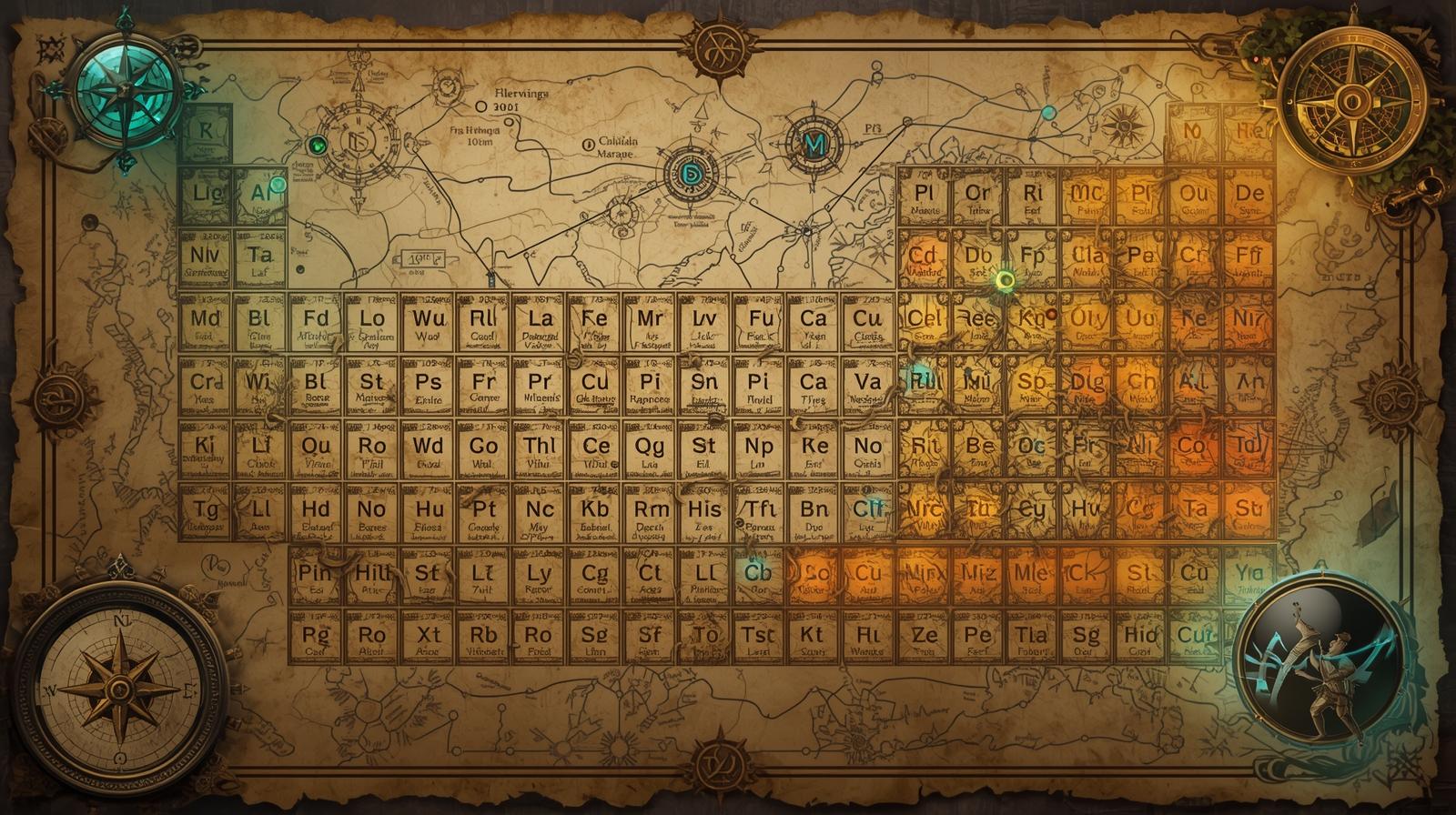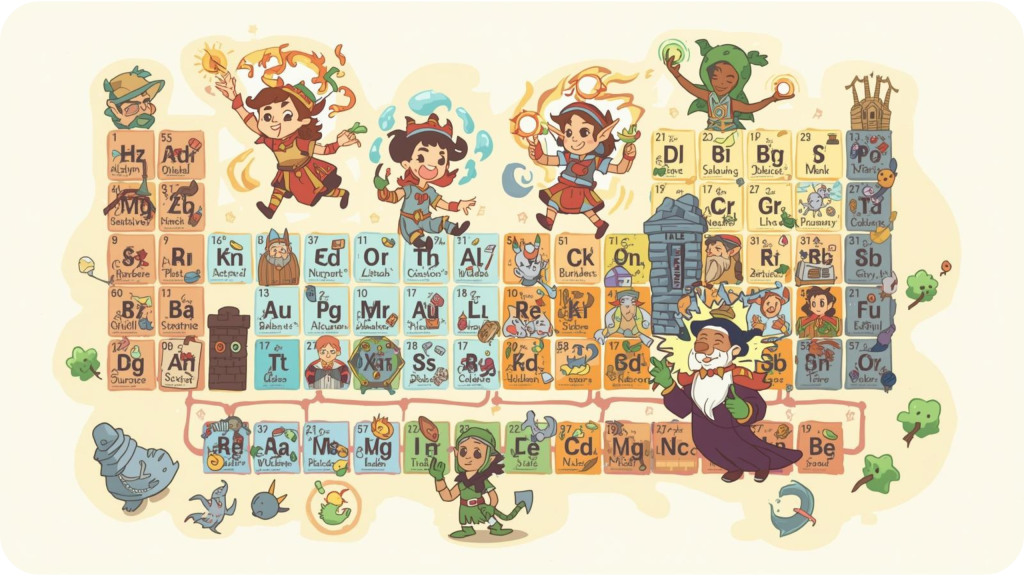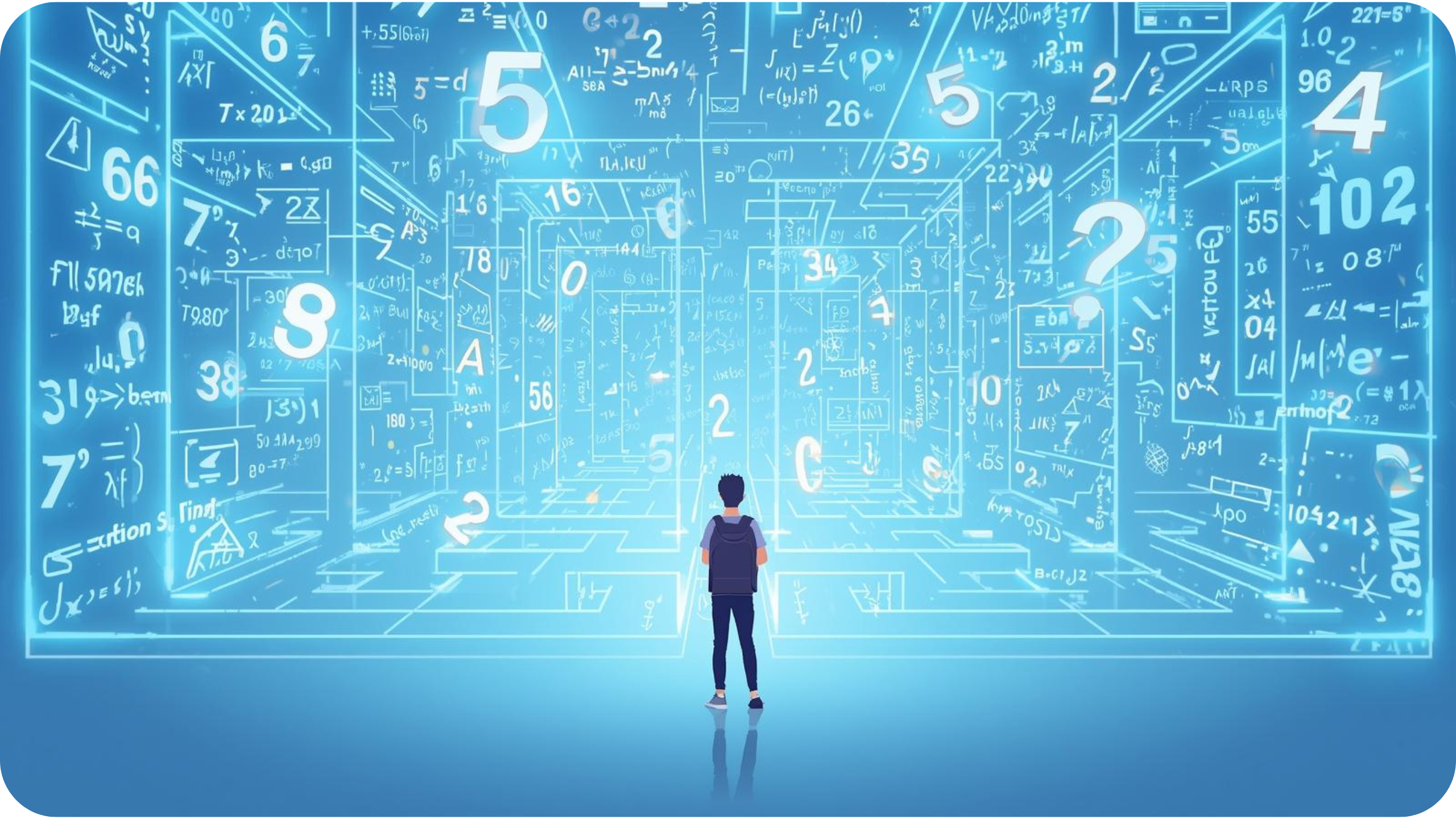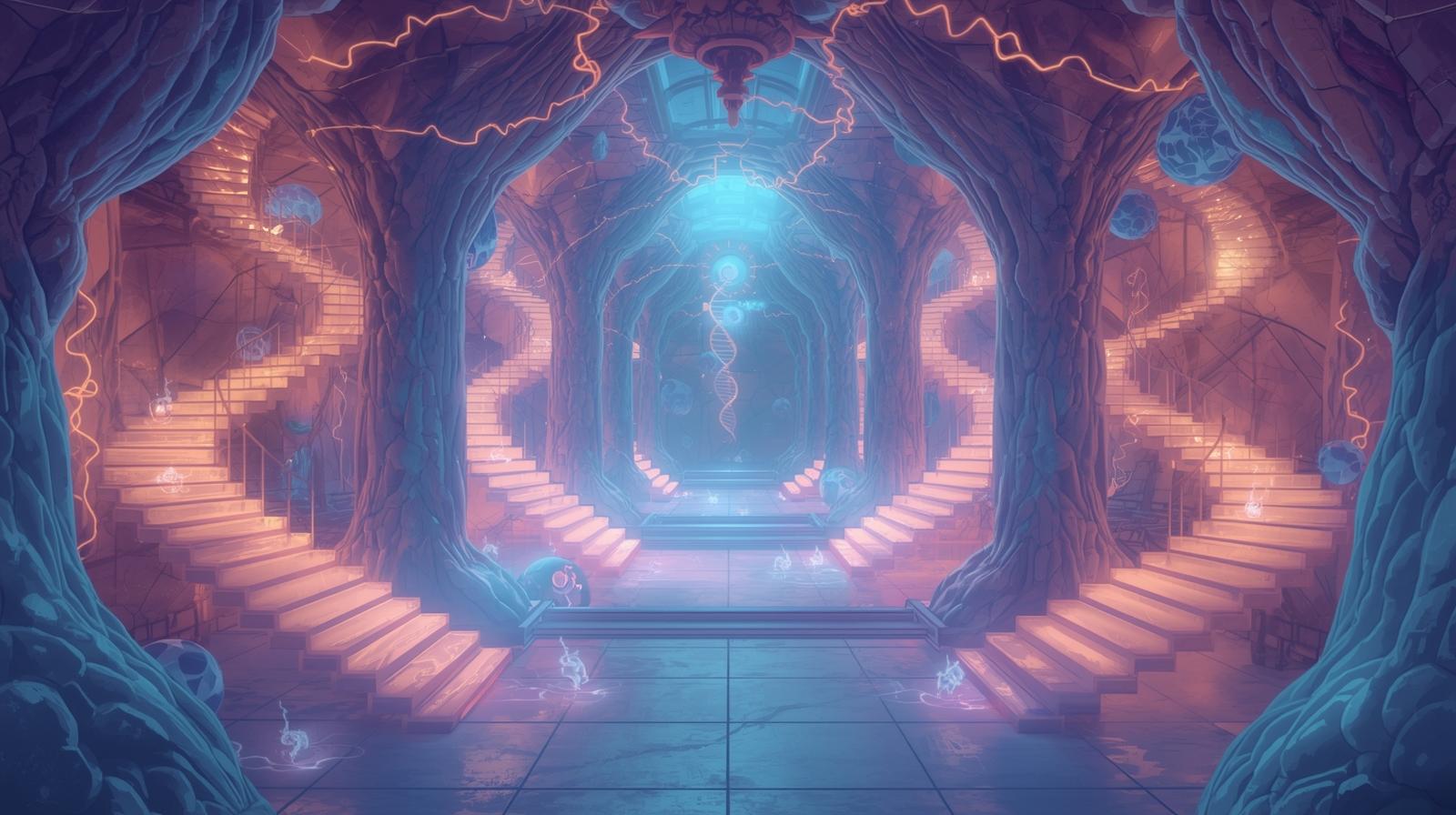
The Element Explorer’s Guild: A Storyteller’s Guide to Conquering the Periodic Table
What if the Periodic Table wasn’t a daunting chart of cryptic symbols and numbers, but the cast list for the greatest story ever told? A story of noble gases too “stuck-up” to react, of explosive alkali metals desperate to lose their cool, and of covalent bonds forming powerful friendships.
If you’ve ever stared at the Periodic Table and felt overwhelmed, you’re not alone. Rote memorization of 118 elements, with their atomic numbers, masses, and properties, feels like an impossible feat. But the problem isn’t the information—it’s the presentation. Your brain is wired for stories, not for sterile lists.
This guide will introduce you to the “Element Explorer’s Guild,” a powerful personification technique that transforms the periodic table from a chore into an epic narrative. By the end, you won’t just be memorizing elements; you’ll be getting to know a world of fascinating characters.
Why Traditional Methods Make Chemistry Feel Like a Chore
Chemistry is abstract. The elements are invisible to the naked eye, and their behaviors are governed by rules that feel disconnected from our reality. Simply repeating “H, He, Li, Be, B…” is a low-engagement activity that fails to create the deep, associative hooks needed for long-term recall.
The Element Explorer’s Guild works because it taps into your brain’s natural love for narrative, character arcs, and social dynamics. You’re not memorizing that Fluorine is highly reactive; you’re learning about “Fluorine the Greedy,” a character who will do anything to gain one more electron.

Welcome to the Guild: Understanding the Elemental Personalities
Think of the Periodic Table as a map of a kingdom, and each group (the vertical columns) is a different Guild with its own distinct personality and role in the world.
- The Alkali Metals (Group 1): The Eager-to-Please Royals. Young, reactive, and highly unstable. They have only one electron in their outer shell that they are desperate to give away to achieve peace. They must be kept in isolation (like oil) because they react violently to the world.
-
- Lithium (Li): The anxious, lightweight prince.
- Sodium (Na): The famous, salty knight you find in every castle (table salt).
- Potassium (K) :The explosive general, crucial for nerve signals (and bananas!).
- The Alkaline Earth Metals (Group 2): The Stable Knights. Stronger and less reactive than their Group 1 cousins. They have two electrons to donate and are the reliable builders of the kingdom (found in bones and shells).
- Magnesium (Mg): The core of the fortress, essential for plant life and our own energy.
- Calcium (Ca): The mighty builder of bones and castles (limestone).
- The Halogens (Group 17): The Greedy Merchants. These elements are just one electron short of a full outer shell. They are highly reactive and will “buy” or steal an electron from anyone, especially the Alkali Metals.
-
- Chlorine (Cl): A green, gaseous tyrant, powerful in cleaning and warfare, but tamed when bonded with Sodium to form the salt of the earth.
- Fluorine (F): The most greedy and reactive of all, used to strengthen defenses (in toothpaste).
- The Noble Gases (Group 18): The Aristocratic Elves.Aloof, stable, and completely uninterested in socializing. They have full outer shells and look down on the “drama” of the other elements. They are inert.
-
- Helium (He): The light-hearted jester who makes voices squeaky and balloons float.
- Neon (Ne): The flashy artist who lights up the city with bright signs.
- Argon (Ar): The common but silent guardian, making up a large part of the air we breathe.
Your 4-Step Blueprint to Building Your Element Guild
Let’s build the story for the first two periods to get you started.
✅ Step 1: Establish the Guilds
First, internalize the core personalities of the main groups (Alkali Metals, Noble Gases, etc.). This framework gives you a “home” for every new element you meet.
✅ Step 2: Personify Each Element
Give each element a name, a job, and a key trait based on its properties.
Period 1 & 2 Character Setup:
- Hydrogen (H): The Lone Mercenary. Atomic Number 1. He doesn’t quite fit into any guild. He’s the most abundant freelancer in the universe, working with anyone. He’s often seen with Oxygen, forming the vital H2O partnership.
- Helium (He): The Contented Balloonist. Atomic Number 2. A Noble Gas. He’s light, stable, and happy on his own, floating above the drama of the kingdom.
- Lithium (Li): The Anxious Prince. Atomic Number 3. The first Alkali Metal. He’s lightweight (low density) and highly reactive due to his anxiety (one outer electron).
- Beryllium (Be): The Sturdy Blacksmith. Atomic Number 4. An Alkaline Earth Metal. Strong and light, he’s a key component in building sturdy but lightweight alloys.
- Boron (B): The Versatile Metalloid. Atomic Number 5. A semi-conductor. He works as a go-between, sometimes acting like a metal, sometimes like a non-metal. He’s the kingdom’s diplomat and is essential for making heat-resistant glass (borosilicate).
- Carbon (C): The Master Builder of Life. Atomic Number 6. The most versatile element. He can form four strong bonds, making him the architect of all organic molecules. He’s the foundation of life, from diamonds to DNA.
- Nitrogen (N): The Stable Guardian. Atomic Number 7. Makes up most of the air. He forms a strong triple bond (N≡N), making him a pair of lazy, stable guardsmen who are hard to motivate. But when broken apart, they become crucial for explosives and fertilizers.
- Oxygen (O): The Life-Giving Magnet. Atomic Number 8. Highly electronegative—she’s the popular socialite everyone is attracted to. She’s essential for life and combustion (respiration and fire).
- Fluorine (F): The Greediest Merchant. Atomic Number 9. A Halogen. The most electronegative of all, she will aggressively steal an electron from almost anyone.
- Neon (Ne): The Flashy Sign-Maker. Atomic Number 10. A Noble Gas. Completely inert, but shines brightly when excited—the kingdom’s billboard advertiser.

✅ Step 3: Create Relationships and Conflicts
This is where the story comes alive.
- The Epic Romance: Sodium (Na) the unstable knight and Chlorine (Cl) the greedy merchant have a volatile relationship. But when they get together, they form a perfect, stable bond as Sodium Chloride (NaCl)—table salt, the quiet hero of every kitchen.
- The Foundation of Life: Carbon (C) is the master builder who teams up with Hydrogen (H), Oxygen (O), and Nitrogen (N) to form the “Fantastic Four” of organic chemistry, building everything from sugar to proteins.
- The Forbidden Reaction: What happens when Lithium (Li) the anxious prince meets Fluorine (F) the greedy merchant? Explosive drama! A violent reaction where Fluorine snatches Lithium’s electron.
✅ Step 4: Weave the Narrative for Recall
To remember the order of the first 10 elements, tell their story:
“First, there was the lone mercenary, Hydrogen. Then, the contented balloonist, Helium, floated by. The anxious prince, Lithium, sought stability from the sturdy blacksmith, Beryllium. The versatile diplomat, Boron, tried to negotiate with the master builder of life, Carbon. But the stable guardians, Nitrogen, were slow to act, so the life-giving magnet, Oxygen, stepped in, only to be confronted by the greediest merchant, Fluorine. Finally, the flashy sign-maker, Neon, lit up the scene, refusing to get involved.”
Supercharge Your Guild with StudyWizardry
This creative method becomes unstoppable when paired with your AI study companion.
- Use the AI Note Maker to Write Your Story: Draft the entire narrative of your Element Explorer’s Guild in the app. Create a separate note for each group or period. Writing the story is a powerful form of active learning and gives you a rich, searchable reference.
- Create Character Profile Flashcards: Use the Flashcards feature to cement each element’s “personality.” On one side, put the symbol F. On the other, write: “Fluorine the Greedy – A Halogen merchant who aggressively steals electrons. Arch-nemesis of the Alkali Metals.” The built-in Spaced Repetition will ensure these characters become as familiar as old friends.
- Leverage the Quiz/Test Generator: Input your element characters and their properties. Let the AI generate endless practice quizzes asking things like, “Which element is the ‘stable guardian’?” or “What compound is formed when Sodium and Chlorine bond?” This tests your knowledge of the narrative and the underlying chemistry.
- Let the AI Study Planner Schedule Your Adventures: Input your chemistry exam date. The AI Study Planner will automatically schedule sessions for you to “check in with your Guild,” reviewing different groups on an optimal schedule to fight the forgetting curve.
Advanced Application: Conquering the Transition Metals
This method isn’t just for the main groups. Let’s tackle the first row of Transition Metals (Period 4). Think of them as the “Royal Guard,” each with a special weapon or trait.
- Scandium (Sc): The lightweight scout used in aerospace.
- Titanium (Ti): The strong, corrosion-resistant champion of armor and implants.
- Vanadium (V): The flexible agent, making steel stronger.
- Chromium (Cr): The shiny, polished knight with a colorful shield (gives rubies and emeralds their color).
- Manganese (Mn): The hard-headed warrior essential for steel and batteries.
- Iron (Fe): The legendary king, core of our planet and our blood (hemoglobin).
- Cobalt (Co): The blue-blooded artist, giving glass a deep blue color.
- Nickel (Ni): The reliable coin-maker, used in currency and plating.
- Copper (Cu): The ancient electrical wizard, one of the first metals used by humans.
- Zinc (Zn): The protective sentry, used to galvanize and protect iron from rust.
Comparison: Storytelling vs. Rote Memorization
Struggling to see the real-world difference? This side-by-side comparison reveals why the Element Explorer’s Guild isn’t just more fun—it’s fundamentally more effective for how your brain works. The proof is in the process. Let’s break down exactly how our storytelling method stacks up against traditional rote memorization:
| Feature | Rote Memorization | The Element Explorer’s Guild |
| Engagement | Passive, repetitive | Active, creative, and narrative-driven |
| Brain Systems Used | Short-term memory | Storytelling, social, and emotional centers |
| Retention | Fades quickly | Long-lasting due to context and plot |
| Application | Isolated facts | Interconnected relationships and trends |
| Fun Factor | Low (tedious) | High (like world-building a fantasy story) |
Conclusion: Stop Memorizing, Start Storytelling
The Periodic Table is not a random collection of elements; it’s a systematic story of matter. By giving its characters personalities, conflicts, and relationships, you move from being a passive student to the author of your chemical understanding.
The initial time spent building your Guild is an investment that pays off every time you look at the chart and see not symbols, but old acquaintances.
Your journey to becoming a chemistry master starts with a single story. Open StudyWizardry, use the AI Note Maker to describe your first character, and begin your adventure as an Element Explorer today.
Absolutely! You don't need to write a novel. Start with simple labels like "the greedy one" or "the stable one." The act of assigning a simple character trait is far more powerful than no association at all.
The Guild gives you the foundational "who's who." For precise numbers, use your Guild as a framework and then attach the specific data using flashcards with Spaced Repetition. You'll find it much easier to remember that "Iron the King has an atomic mass of 55.85" than a random number.
This is where the structure of the Periodic Table itself helps. Each "Guild" (group) has a overarching theme, which keeps characters organized. Furthermore, using StudyWizardry's tools to create separate notes and flashcard decks for each group prevents confusion.
Trying to build the entire world at once. Start small. Master the first 20 elements and the main Guild personalities. Once that foundation is solid, adding new characters and stories becomes effortless.




